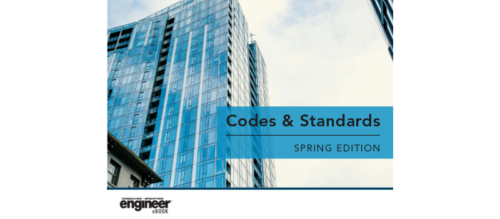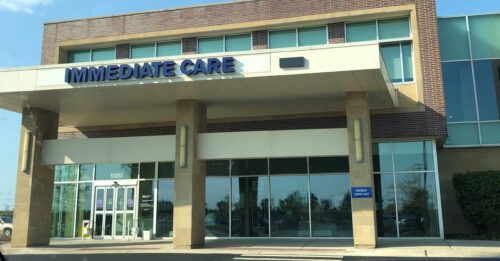School HVAC Noise Levels a Case of Internal Affairs?
There are many reasons for poor performance in school, but one that isn't widely recognized is ventilation noise in classrooms. Ricardo Gamboa, manager of engineering and technical services for performance materials for Denver-based Johns Manville believes it's not an issue to be taken lightly. "It is a big problem.
There are many reasons for poor performance in school, but one that isn’t widely recognized is ventilation noise in classrooms. Ricardo Gamboa, manager of engineering and technical services for performance materials for Denver-based Johns Manville believes it’s not an issue to be taken lightly.
“It is a big problem. We are adults. If we only hear one or two words, we can make [the rest] up, we can bridge and get a sense of what is being said,” he says. “Kids have a very limited vocabulary, and they can’t do that, so they lose all sense of what is being said or the actual meaning of the conversation.”
Gamboa has high hopes for a standard that addresses this issue. ANSI S12.60, Acoustical Performance Criteria, Design Requirements, and Guidelines for Schools , was recently developed by the Acoustical Society of America. However, it has yet to be adopted into code.
In the meantime, Gamboa and his Johns Manville colleagues push for what they see as an important tactic in controlling acoustics—and temperature—in classrooms: internal duct lining. Eric Schakel, market manager of commercial air-handling products for the company, explains that there was a trend away from installing internal duct insulation in schools over the last 10 to 15 years, due to fears of potentially harmful effects of fiberglass. However, Charles Cotrell, director of technical services for the North American Insulation Manufacturer’s Association, notes that in 2002, the International Agency for Research on Cancer concluded that fiberglass is not known to be a carcinogen to humans. As a result, Schakel says, his company has noticed an increase in the use of fiberglass duct lining.
Additionally, Schakel points to ASTM C1071, Standard Specification for Fibrous Glass Duct Lining Insulation . While this standard doesn’t directly address classroom acoustics, it does cover “fibrous glass insulation used as a thermal and sound absorbing liner for interior surfaces of ducts.” As such, says Schakel, it allows engineers to specify insulation based on noise absorption and thermal capabilities, whereas in the past, engineers often specified various thicknesses and materials without a point of reference as performance.
Do you have experience and expertise with the topics mentioned in this content? You should consider contributing to our CFE Media editorial team and getting the recognition you and your company deserve. Click here to start this process.



